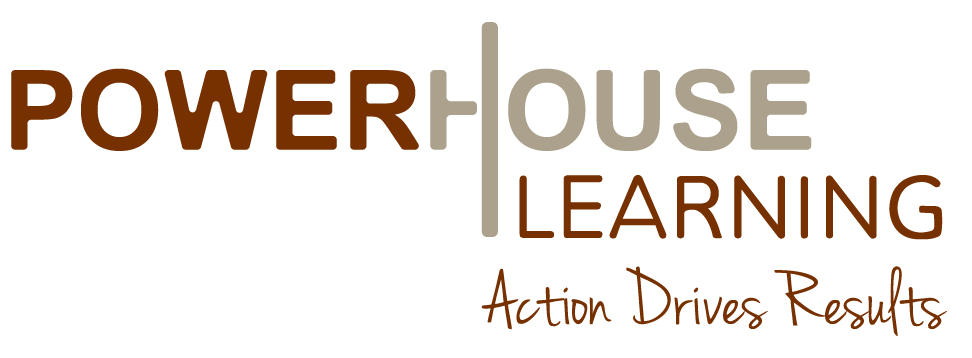The Request
Management in a commercial insurance carrier asked me to coach Daniel (name changed for protection), a high potential entry-level underwriter. Daniel had been working for the company for 3 years. After he graduated with high distinction from the company’s underwriter training program, he worked for the next 2 years with his assigned agents to increase production flow. During Daniel’s first year with his assigned agents, his underwriting manager regularly received unsolicited positive feedback from many of Daniel’s agents. The agents’ feedback acknowledged Daniel’s quick grasp of products, services and market knowledge; constant attentiveness to professional demeanor; strong work ethic; and genuineness, flexibility and follow-through.
The Barrier
Despite these testimonials, Daniel hadn’t generated any business, thus not meeting his Year 1 production goals. Three months into Year 2, Daniel was still having difficulty. Consequently, the underwriting manager began working more closely with Daniel, (e.g., weekly status meetings, 1:1 performance feedback sessions, agency visit observations). Although the underwriting manager’s intention was appropriate, she wasn’t able to meet consistently with Daniel due to management demands.
Daniel and I met twice before and had already established a rapport. After I was asked by the underwriting manager to coach Daniel, I asked Daniel to identify what he perceived as his most significant production barrier. He identified his lack of ability to match the right products and services to the prospect’s/client’s risk needs.
The Approach
To validate Daniel’s perception of the barrier, I:
- encouraged him to think about his agency meeting experiences over the past year and describe to me what he believes he does and doesn’t do well, and what’s working, what isn’t and why;
- accompanied Daniel to three of his agency meetings so I could observe his approach first-hand;
- asked Daniel to accompany three high-producing peers in agency meetings to observe their approaches.
Based on the findings of the above actions, we found that Daniel actually had 5 learning needs, three of which were foundational and would need to be addressed first:
- targeting the right accounts
- preparing for and following up after sales meetings
- staying on track during sales conversations
and two, which were advanced and would be addressed later:
- matching the right products and services to the prospect’s/client’s risk needs
- adapting his sales strategy whenever progress toward production goals has been impeded
To optimize Daniel’s development, he and I:
- wrote a SMART, i.e., Specific, Measurable, Attainable, Realistic and Time-bound performance objective for each of the 3 foundational barriers;
- arranged the objectives systematically, gradually progressing from basic to sophisticated skills and from straightforward and clear-cut accounts to complex and ambiguous accounts;
- mapped out a 3-month coaching plan and set a reasonable timeframe for Daniel to achieve the 3 objectives.
During the course of his development, Daniel and I met once each week to explore his progress toward the objectives and structure his job application “homework” for the following week. At the end of 3 months, Daniel had achieved all 3 foundational objectives.
The Outcomes
Daniel closed his first account, a mid-sized plastics manufacturing company, two months after he achieved the foundational objectives. I interviewed Daniel and his underwriting manager separately to understand each of their viewpoints about the factors that contributed to Daniel’s success. The key factors that emerged include Daniel’s:
- revitalized hunger for generating and retaining business
- increased self-confidence while facilitating prospect and client sales conversations
- greater self-direction when researching and generating leads
- more self-awareness during role playing in mock sales conversations
- improved attention to detail in the planning stage
- better management of priorities and time
The Takeaways
- A comprehensive assessment that considers multiple information sources can help elucidate one’s strengths and improvement areas.
- All of the objectives that arise from the assessment findings, written in SMART terms, and correctly sequenced can establish an environment for optimal learning.
- The use of various learning strategies such as role play, observation, and homework can lead to new perspectives that help one boost self-confidence, self-direction, and self-awareness.
- A disciplined approach to selling can significantly increase one’s chances of closing a deal.

